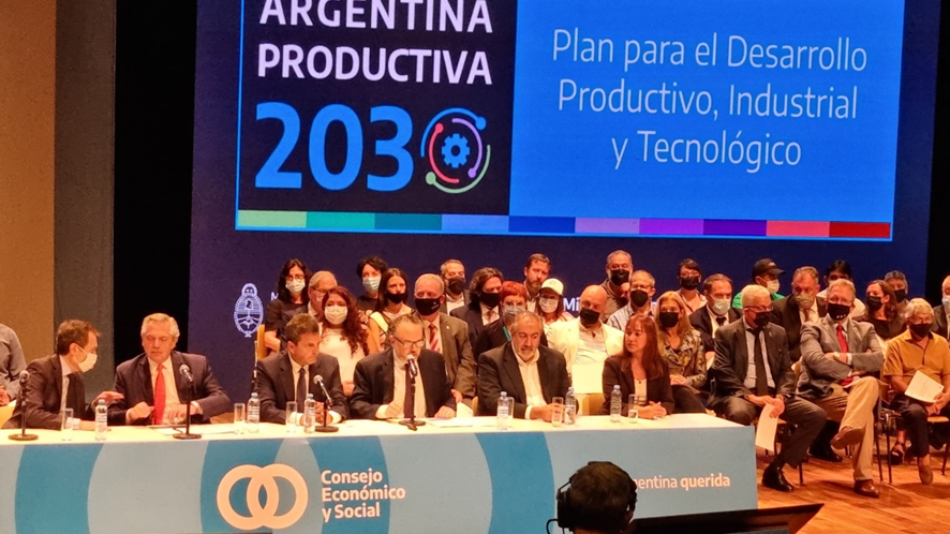RIO DE JANEIRO, BRAZIL – The project coordinator of Argentina’s Productive 2030 program, Martín Alfie, said today that the manufacturing sector is capable of being a “regional leader” in the development of technologies, electromobility and the knowledge economy.
“Despite the crises that our country is going through and the abrupt changes in economic policies, the Argentine manufacturing sector has the capacity to be a leading player in the technologies or sectors of the future,” Alfie said on his official Twitter account.
Read also: Check out our coverage on Argentina
He also said that in the field of sustainable mobility, “despite everything, Argentina still has a significant automotive industry,” pointing out that “the electric mobility law aims to incentivize investment.”

“The challenge is great, but we can be leaders in the region,” said the official, who affirmed that “the biotechnology revolution is already underway.”
In this regard, he pointed out that “many say it will be even more disruptive than the technological one,” noting that “Argentina has an excellent productive framework, with a large number of companies and excellent human resources.”
In this regard, he pointed out that “HB4 wheat and AstraZeneca vaccines are examples.”
He also stressed that “the move toward decarbonization offers opportunities to Argentina,” as “the country has resources for solar and wind power generation, but also has the opportunity to be a supplier of technologies such as wind turbines and small nuclear reactors.”

Alfie also referenced Industry 4.0, saying that “several local companies are beginning to adopt these solutions to improve productivity.”
“And there are interesting local examples that can be promoted, such as Prodismo, which is developing robotic assembly lines for major automakers,” the official said.
Regarding the knowledge economy, he said that “there are more and more workers, companies (and unicorns) and exports,” assuring that “today this is the most dynamic sector we have.”
He also said that “there are clearly enormous challenges, such as the exchange rate gap and the brain drain,” but affirmed that “Argentina is playing at the top.”
“There are many other promising sectors where we have opportunities and potential: Aerospace and satellite industries, healthy and sustainable food, electronic gaming (e-gaming), cannabis, telemedicine,” Alfie said, arguing, “This is shown by our companies and workers that are emerging and growing despite everything.
In his opinion, “two things are needed: a stable macroeconomy (nothing more, nothing less) that allows these sectors to develop in more favorable conditions,” and he specified that the second is “an active and intelligent industrial policy and regulations that allow them to grow, like the law for the cannabis industry.”
“Argentina is ready to compete in the most dynamic sectors in the coming decades,” Alfie concluded.
The Ministry of Productive Development’s Plan Argentina Productiva 2030 is an initiative that seeks concrete improvements in productive, industrial and technological development throughout the country in the short and medium term. Its goals include the creation of two million formal jobs in the private sector, the creation of more than 100,000 formal enterprises, the reduction of the environmental impact of productive activities, and the reduction of inequality by 2030.
It also aims to lift 9 million Argentines out of poverty by 2022-2030, reducing poverty by 1 million people per year.
It also aims to reduce inequality to its lowest level in 50 years by 2030 by lowering the Gini coefficient from 0.43 to 0.38.
On the other hand, it is proposed to increase the participation of women in formal employment in companies, with at least 50% of new jobs created, and to increase the share of the interior in GDP and formal employment, with 70% of new formal jobs located outside the AMBA.

